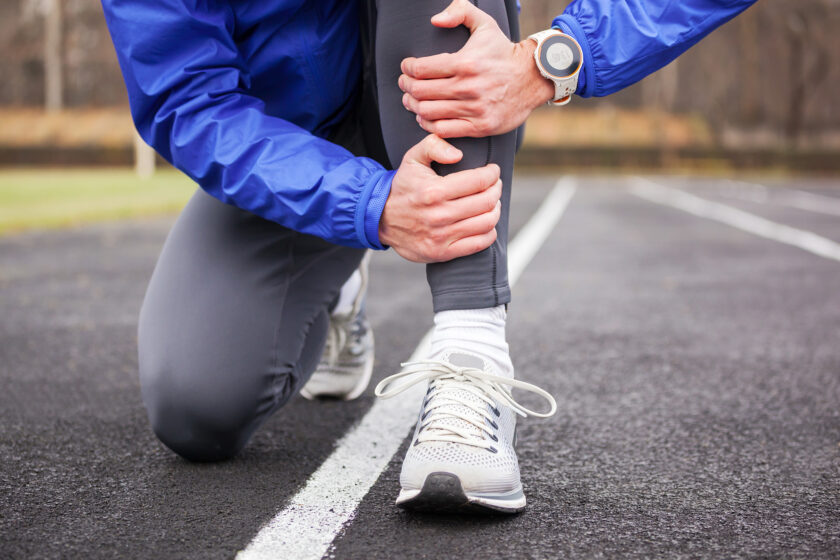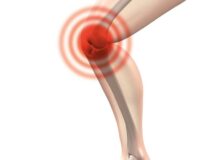
Shin Splints
What are shin splints?
Shin splints (medial tibial stress syndrome) is a condition in your lower leg where the pain is referred along your big shin bone. This is a common exercise-related problem and is due to the inflammation of the structures around the shin. The pain normally occurs along the inner border of the shin bone, where the major muscles attach.

Who gets it?
The most prone population is the athletic population, especially those who participate in running or high intensity sports. Hence, this condition is mostly common in runners, jumpers, dancers and those with high intensity exercise programs.
Other factors that are associated with this condition are some anatomical variations such as flat feet, weakness in the lower shin muscles such as your calves. Furthermore, a sudden increase of training load can also be a factor as well as the environment that you are put in such as hard, uneven surfaces or the type of shoe you are wearing.
What are the common signs and symptoms?
Most common area of symptoms is some dull pain through the middle part of the shin area. The area of pain is normally on both legs, and extends over a general area of at least 5cm. The pain is normally felt at the beginning of the workout, which eases throughout training, however, returns during the cool down,
What makes it worse?
Continuous high intensity workout activities such as running, jumping, or anything that may stress the legs especially the lower legs.
What are the common assessments?
Physiotherapists conduct a number of assessments which include your past medical history and a physical examination to diagnose shin splint. Some common answers that are given by the patients include:
- Onset after changing exercise or vigorous exercise
- Discomfort through warm up
- Reduced pain with rest
From our physical examination:
- Muscle imbalances and tightness
- posture imbalance
- anatomical variations
Common treatments
Physiotherapists can assist you with your rehabilitation process, with the aim to return to sport or activity as quickly as possible. Initially in the very early acute stages, as similarly with other muscle groups, RICE (Rest, Ice, Compression, Elevation) is recommended. This is to be applied when there is a flare up for approximately 20 minutes every 2-4 hours. After the initial acute phase, we would like to start regaining your normal range of motion in your feet, and it is important to stretch the muscle tissues! There are stretches, massage, mobilisations, and other modalities that the physiotherapists are able to guide you with. Some simple exercises include:
- Calf stretches (Knee to wall)
- Ankle Alphabet exercise
- Hamstring Stretches
Once your foot range of motion has returned, there will be a gradual strengthening program that will be guided by the physiotherapist. This is one of the most important stages of your rehabilitation to further prevent and minimise the risk of recurrence and to improve your sporting performance. Depending on your sport, there may be a specific exercise program tailored to your needs, to make your journey as safe and injury-free as possible.
Key messages and points to remember
- Shin splints are most common in those who are in the athletic population, especially those who perform a lot of running and in a high intensity setting.
- Pain is usually in the middle part of your shin area, which extends over a big area
- Commonly the pain eases off with rest and returns with exercise
- RICE should be performed in the early stages of injury followed with a graduated stretching and strengthening program
- Physiotherapy can be very effective to further prevent and minimise the risk of recurrence




